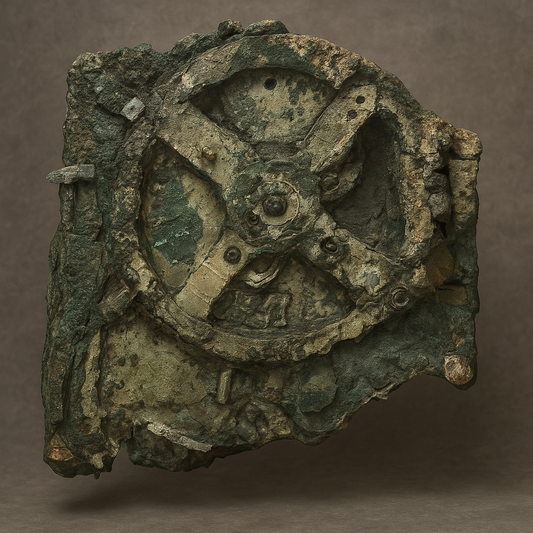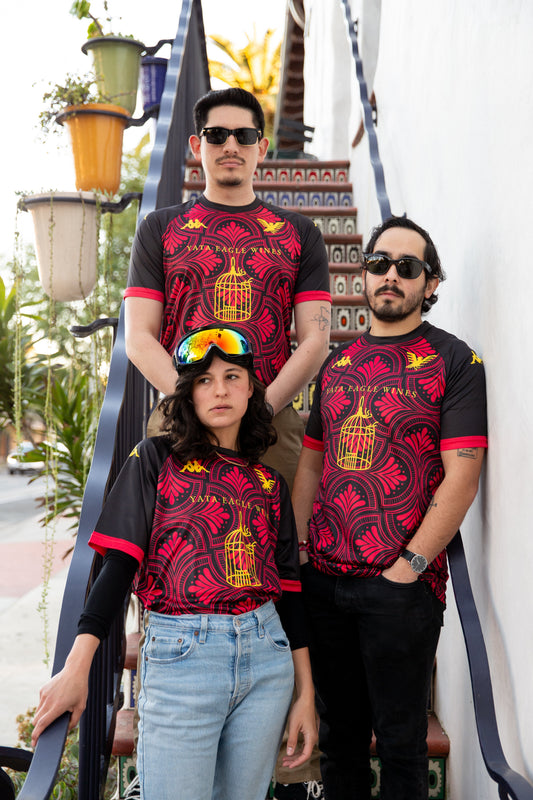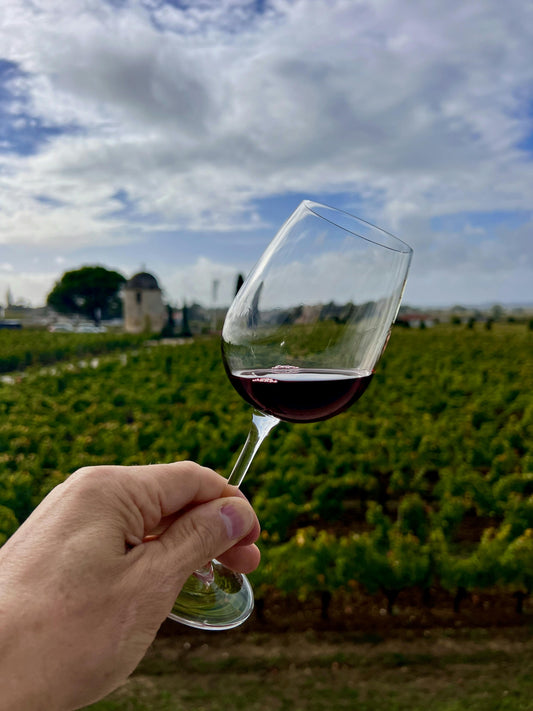
How fashion can benefit wine. But can wine benefit fashion?
There is fashion involved in wine tasting, symposiums, and in merchandise offered by wineries. Some wineries offer merchandise such as trucker hats or vest jackets. People in the industry will tend to wear similar things as well such as Blundstone or Redback boots. As always, there will be some who try to carve their individuality into the industry by expressing their fashion in a unique manner among the crowd. We all seek that joy of recreating our own style to remind ourselves why we love a certain theme for our outfits. Recreating it so that we acknowledge the existence of a collective fashion mindset.
Collective fashion, a balance of practicality versus style.
Our argument here is that the current platform for our wine industry harbors a false collective fashion mindset. We do believe that the practicality aspect of it is genuine, and we do believe that their need for expression is being tugged at. But it’s messy and unbalanced. The desire to be comfortable and brilliant (competent) has led us to be complacent on the aesthetic facet of our lives, in our wine lives. This is true for several other industries too (especially ones that have Patagonia jackets as the theme). We would like to pull the pin of a confetti grenade and throw it into the crowd. However, will this move be thought of as a collective punishment?

Our argument here is that the current platform for our wine industry harbors a false collective fashion mindset. We do believe that the practicality aspect of it is genuine, and we do believe that their need for expression is being tugged at. But it’s messy and unbalanced. The desire to be comfortable and brilliant (competent) has led us to be complacent on the aesthetic facet of our lives, in our wine lives. This is true for several other industries too (especially ones that have Patagonia jackets as the theme). We would like to pull the pin of a confetti grenade and throw it into the crowd. However, will this move be thought of as a collective punishment?

During the civil rights movement, revolution took on a style coopting the Ivy Look (https://www.reelartpress.com/catalog/edition/220/black-ivy-a-revolt-in-style). Fashion statement? Or a symbolic statement like the Black Panthers (https://nmaahc.si.edu/explore/stories/black-panther-party-uniform)? Having the same look among your peers isn’t the killing blow. A common criticism of socialism or communism is often that everyone is given their allocated share of gray shirt, sweatpants, socks, and underwear. People are afraid of their loss of individualism. Collective punishment?


People forget that the system they fear is one that allows even more individualism. Economic sanctions taken away, financial liberty for pursuing balanced attire, removal of fast-fashion conglomerates, etc. Even Kristin Ghodsee discussed about laundry in her book about Utopia (https://podcasts.apple.com/ca/podcast/everyday-utopia-and-radical-imagination-with/id1082594532?i=1000617633447) where there is this notion that common laundry establishments will do the communities’ laundry for free for all the “communal clothes” but if someone really bonded with a certain piece of clothing that they are infatuated with, they can keep it on the condition that they launder it themselves. Laundry is relevant to fashion because it is a collective benefit.

Can wine, with all its flaws and beauty, get into the industry that is flaw and beauty, i.e. fashion? With the current systems and institutions, we think not. Much like how green and sustainable efforts in the wine industry fail to address labor and migrant issues, as much as the industry fails to deal with over-consumption and over-production, it also lacks the necessary connection and medium to connect with the community about anything from diet to farming, including fashion.
Nevertheless, there is now an interesting phenomenon where clothing that were not typically associated with fashion are now finding their way into street fashion now too. The incorporation of workwear into daily fashion such as Carhartt gear (who also own a vineyard and winery by the way) and the fusion of streetwear with soccer jerseys, called blokecore, (https://www.vice.com/en/article/pkpnxb/what-is-blokecore-tiktok-fashion-trend) are not necessarily new trends.
They do, however, tip the scale closer to “balance” for the respective origins of either workwear or soccer clubs. Jeans became an icon for people to wear to rebel against establishment’s rigid rules. The civil rights movement asked for dignity and respect through the fashion of Ivy-league. Soccer jerseys balance the aesthetic of the jerseys and what that club/country represents. For example, we have the significance of the soccer jersey in green and white by the Scottish team, Celtic F.C.
Their support for Palestine due to the club’s history of pro-IRA and anti-colonialist stance has also cemented their classic look into the society’s mind (https://theathletic.com/4988876/2023/10/26/celtic-palestinian-flags/).
The U.S. women’s national team have had great success on the pitch and in their soccer jersey sales but more importantly, they have also learned how to bring attention to other important matters by manipulating their jerseys as well (https://www.globalcitizen.org/en/content/us-womens-soccer-jersey-protest/).



There are jerseys where fashion represents more than the history of the club but it does wonder in raising awareness of the existence of these clubs (e.g. Venezia FC, Athens Kallithea, Victoria Park Vixens). Is there a lesson we can learn from all of this? We believe so. The adoption of “soccer jerseys” in the wine industry may not necessarily bridge the gap between now and the desired balance but it can help us bring light to what the gap actually is and how we can fill it. Hence, we’re going to be offering Yata Eagle soccer jerseys because 1) we love soccer, 2) we love fashion, 3) we love what we do and we’ll try anything to get people to start listening to our voice.





